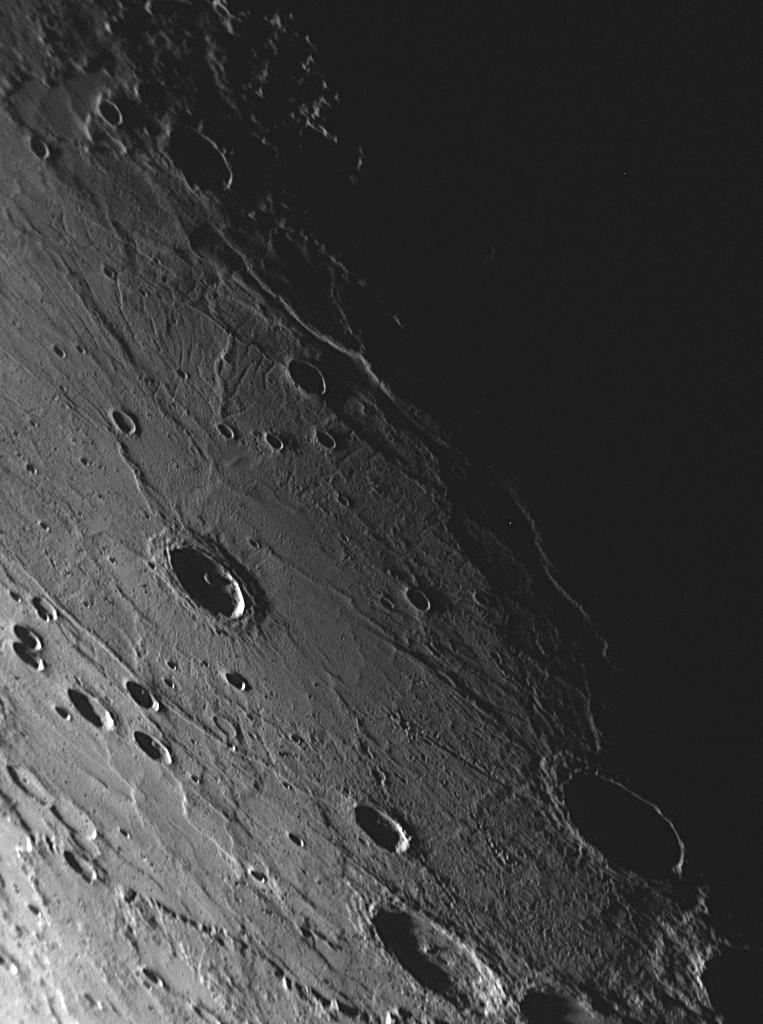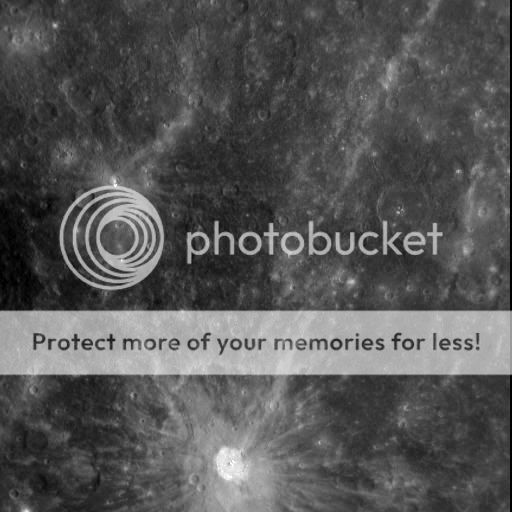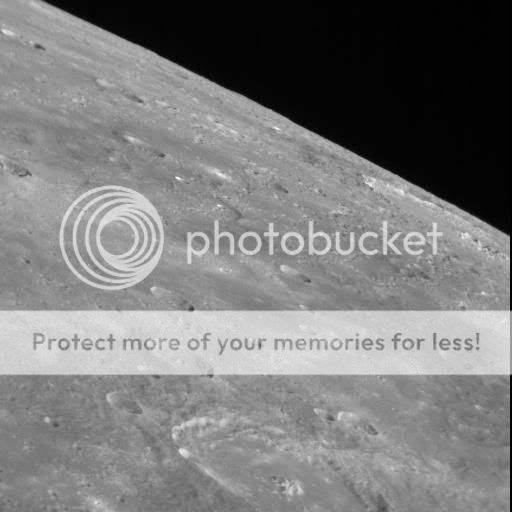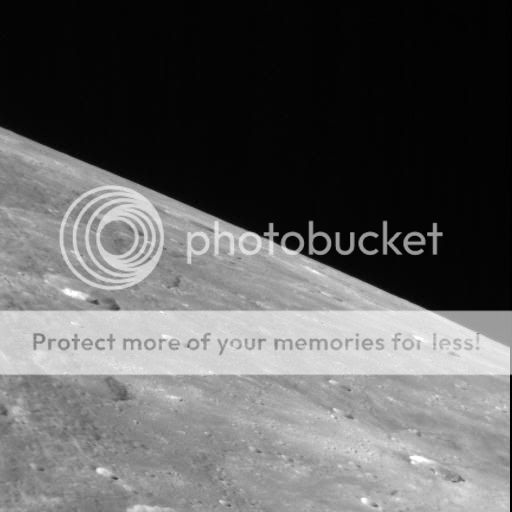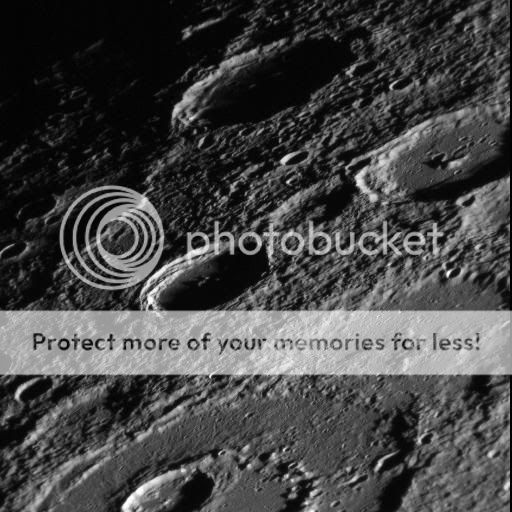A few I've downloaded.
One seen before but is a great one, the large scarp within the previously unimaged 'Gore', a long narrow stretch of terrain in the northern hemisphere missed by Mariner 10, whilst Mariner 10 imaged the rest of that hemisphere.
This scarp is one of the largest on Mercury & Mariner 10 only just missed it, with MESSENGER finally finding it in October 2008. encounter # 2
A region within 'The Gore' to the south west of the above encounter # 2.
A heavily cratered region in the far north outbound encounter # 2.
A line of large craters in the far noth of Mercury. Outbound encounter # 2.
Previously unimaged north polar region outbound encounter # 2.
Newly imaged intercrater plains outbound encounter # 2.
Newly imaged area of hills, lava plain & a few lava filled valleys.
Interesting darker area in newly imaged terrain & scarp outbound encounter # 2,
S E quadrant of receding Mercury. The large bright ray crater to the lower right was detected from Earth using the Arecibo Radio Telescope & was informally dubbed Crater A. Kuiper Crater first imaged by Mariner 10 is seen to the top left. Encounter # 2.
Mercury receding. Encounter # 2.
Mercury receding, southern hemisphere to just north of the equator. Encounter # 2.
The Iconic 'Stripy Mercury' seen receding encounter # 2.
Further away now.
Bye Bye till: Tuesday 29th September 2009.
Navigational & engineering test image of M45 Pleiades from MESSENGER MDIS WAC.
I will be back with some more later, particularly from the inbound side, which was all new terrain, never seen before.
Countdown to 3rd closest approach: Tuesday 29th September 2009.
160 Days.
2 Hours.
53 Minutes.
15 Seconds.
Andrew Brown.











